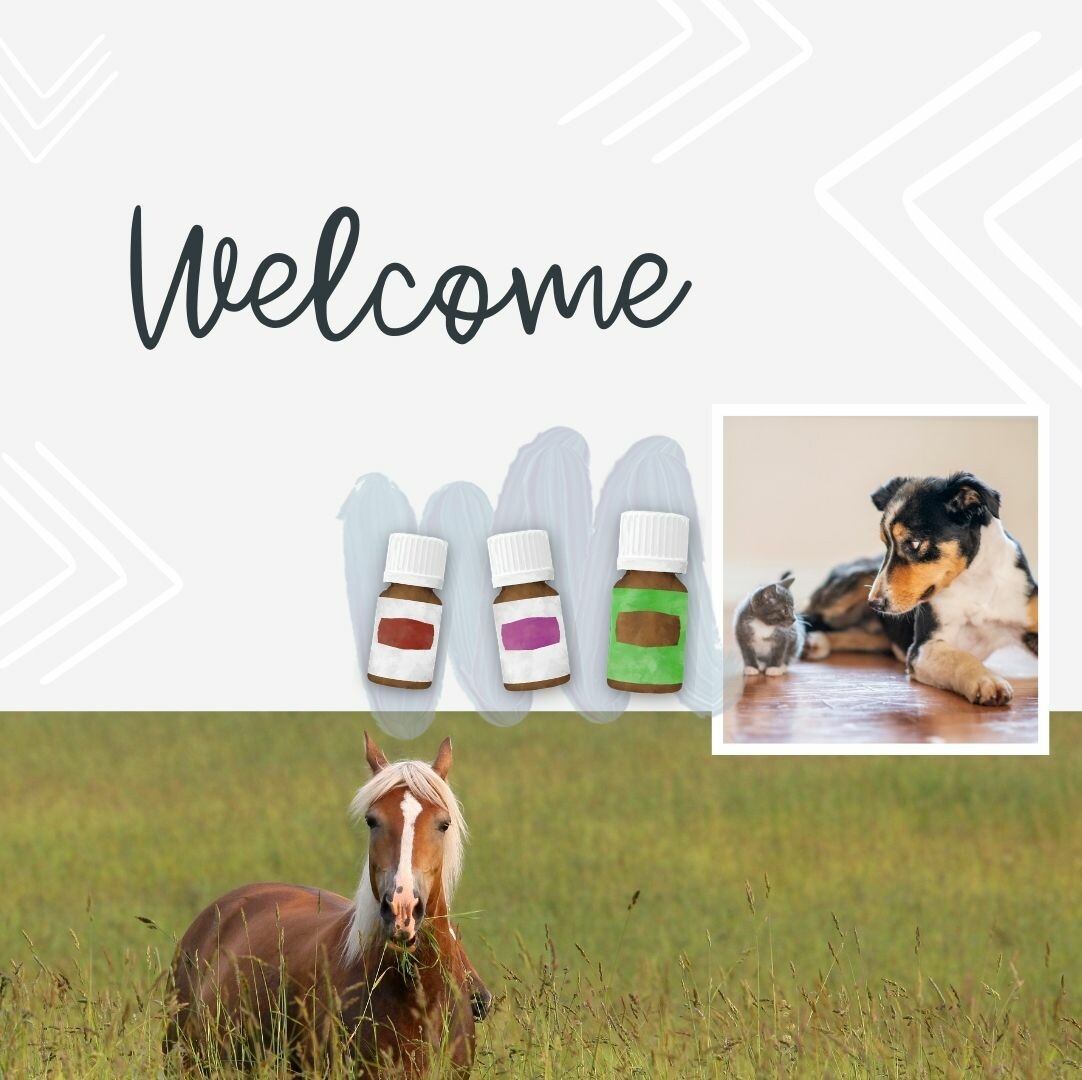
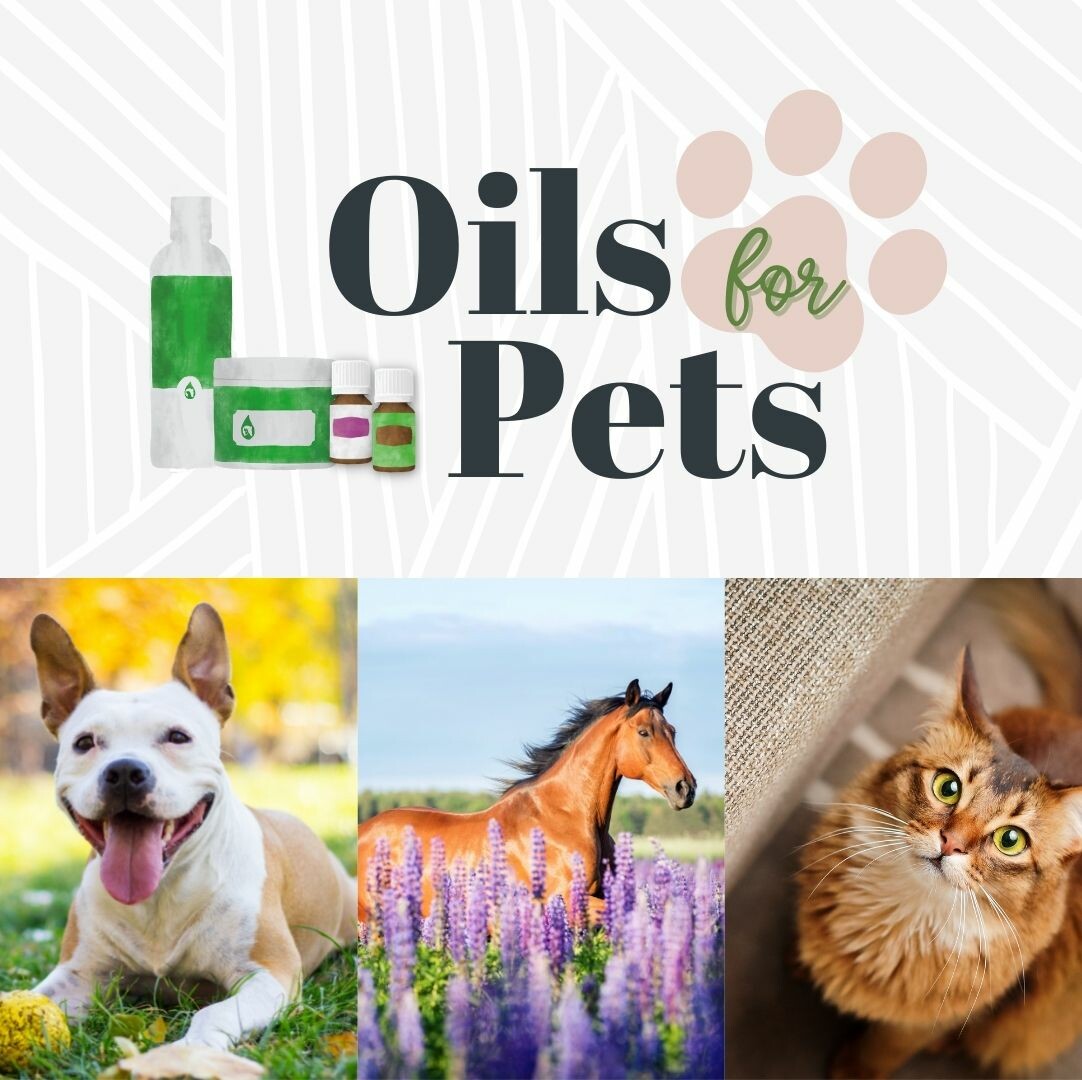
WELCOME
Welcome to The Oily Pet blog post - I am so glad you’re here! I can’t wait to share about the safety of essential oils and pets, why quality oils matter, tips & tricks, DIY recipes, plus all the available ready-made Young Living products and oils made specifically for your pets. Your pets are going to love you forever. Well, they probably already do, but you know what I mean! Are you ready?
--- / / ---
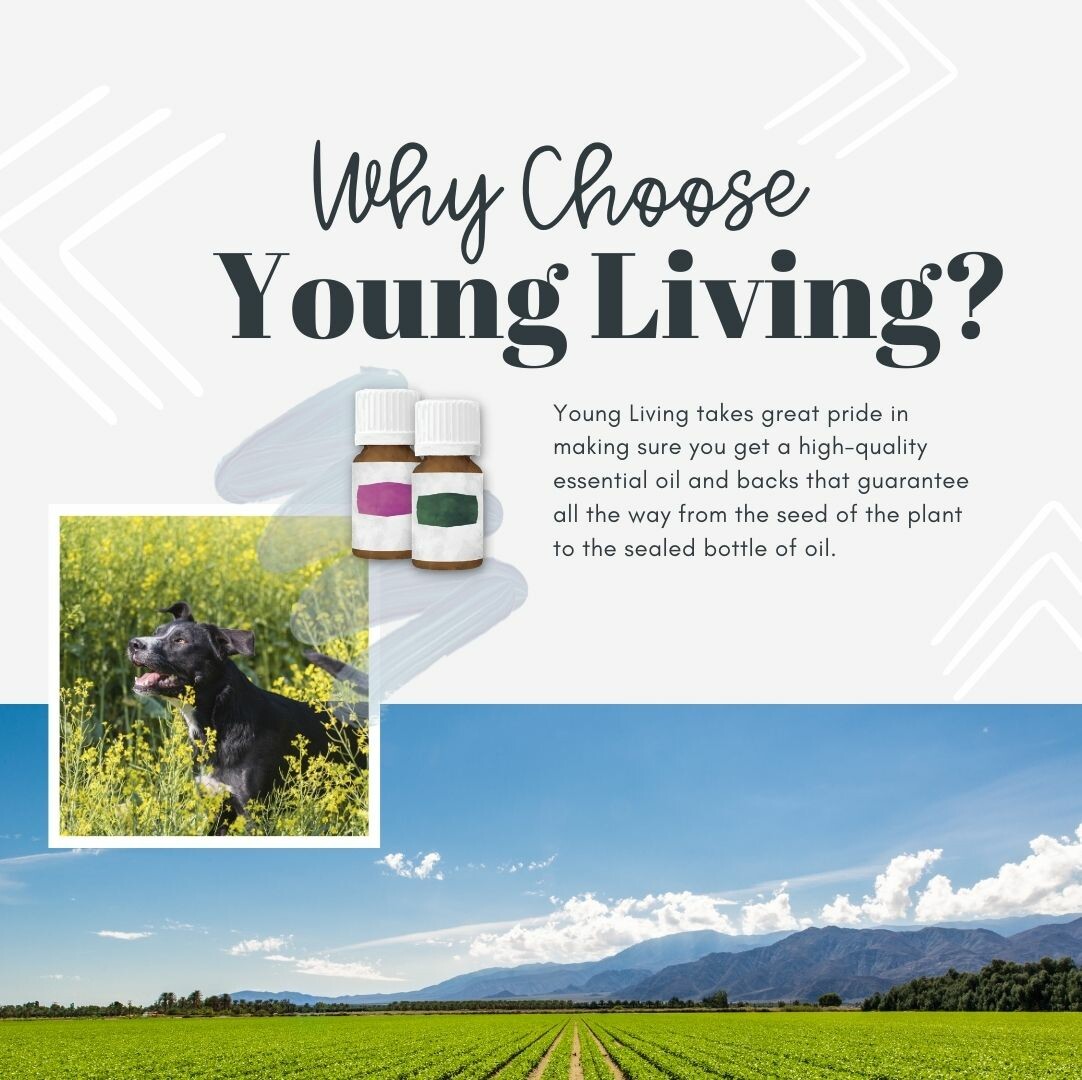
Why choose Young Living?
If you’re here, chances are you’ve heard about essential oils. But do you know what they are and why quality matters? Essential oils are the volatile aromatic compounds that come from plants - flowers, trees, bushes, roots, seeds, shrubs etc. In other words, they’re plant juice! The oils are typically extracted from the plants through steam distillation or cold-pressed extraction. How an essential oil is extracted can have a dramatic effect on its ability to influence its recipient - humans AND animals. It also matters what part of the plant is used to produce the oil, as well as the soil condition, the type of fertilizer used, geographical region, climate, altitude, and harvesting methods. The more the essence of the original plants stays intact, the more superior its profile of chemical constituents will be.
Young Living takes great pride in making sure you get a HIGH-quality essential oil and backs that guarantee all the way from the seed of the plant to the sealed bottle of oil. It’s called the Seed to Seal quality commitment. Check out some of the strict guidelines they abide by to fulfill their promise in sending only the best products to your home.
- plant material that is grown on corporately-owned farms or carefully vetted partner farms (that you CAN visit!)
- sustainable farming and sourcing practices, providing the purest oil
- great care taken to preserve and protect natural resources
- hand-weeded fields and ZERO use of pesticides
- oils that retain all their natural constituents and beneficial properties
- use of food-grade distillers with state-of-the-art design and distillation methods
- low pressure and low temperature distillation, without the use of solvents or synthetic chemicals
- rigorous testing on each batch by internal labs and third-party facilities
- oils that are carefully reviewed through every step of production in order to meet or exceed industry safety and purity standards (beyond organic!)
And the best part… if the oils do not meet these high standards they are rejected and will not be bottled as a Young Living product. Check out more info on their Seed to Seal promise at www.seedtoseal.com.
---- / / ----
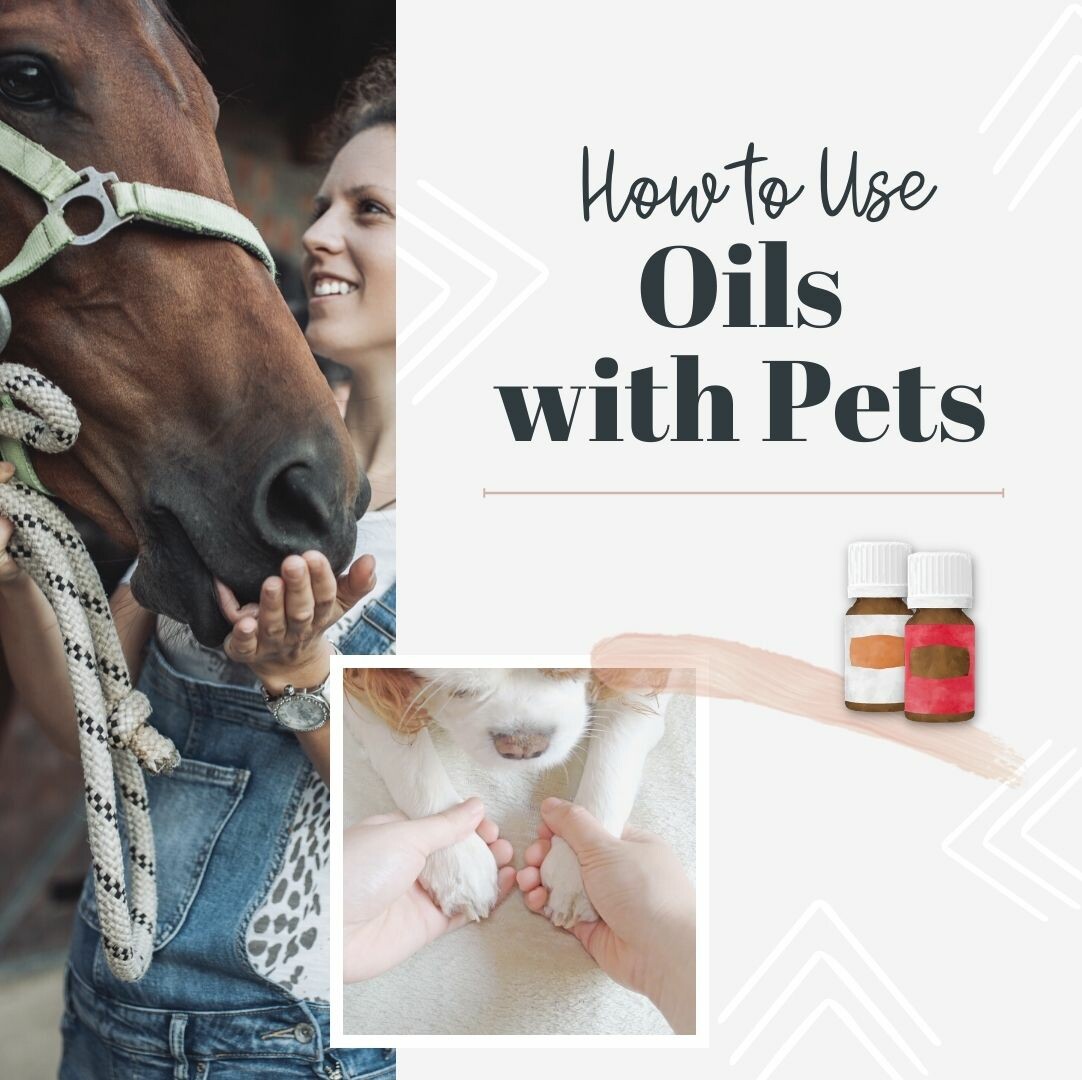
How to Use Oils with Pets
Now that you know how important QUALITY is when it comes to essential oils, you need to know what to do with them! For humans, you can apply them, diffuse them, and even ingest them. For animals, you can do the same with a few general guidelines to help you modify the usage based on your specific pet.
The three main things to remember when using oils with pets is…
- Less is more
- Gradual is better
- Moderation is wise
When applying oils to small animals like cats, small dogs, and exotics you generally want to dilute your essential oils at about 80-90% with a carrier oil and use around 3-5 drops with every application. That means use 2 drops of essential oil per 8 drops of carrier oil OR 1 drop of essential oil per 9 drops of carrier oil (80-90% dilution rate). Carrier oil refers to a fatty kitchen oil like coconut oil or Young Living’s V-6 Vegetable Oil Complex.
For larger animals like large dogs, goats, and pigs you can use 3-5 drops of the essential oil “neat” - that means with NO diltuion. If you are using an oil high in phenol, then go ahead and dilute it. Oils with high levels of phenol include Wintergreen, Basil, Oregano, Thyme, Clove, Melaleuca Quinquenervia, Tea Tree, Laurus Nobilis, Mountain Savory, and Cinnamon Bark. For even larger animals like cattle, horses, and elephants you can use 10-15 drops neat per application (unless using an oil high in phenol, then dilute).
Young Living has over 250 essential oil singles and blends so it can be a little overwhelming to know what oils are generally considered safe for animals to use. Here is a quick list of oils that have been used safely with most species.
- Lavender
- Helichrysum
- Frankincense
- Clary Sage
- Elemi
- Geranium
- Roman Chamomile
- Rosemary
- Valerian
Now let’s talk about a few usage ideas for the most common of pets.
Canines - Small dogs can start with diffusing 1-4 drops in an open room. Larger dogs can start with direct oil application through petting, by mixing them into shampoos or soaps, or applying to the tops of their paws. You could also follow that up with a cold or hot compress to drive the oils in further. Internal application may be done by adding oils to the dog’s drinking water and/or food, putting them directly in the mouth, or putting them into a vegetable capsule. When giving the dog water or food with essential oils, use a stainless steel or ceramic bowl and offer the dog a second bowl without the oils, so they have a choice.
Felines - Felines are most receptive to diffusing, specifically the water-based ultrasonic diffuser models. As mentioned earlier, essential oils high in phenols should be avoided or used with caution as their liver processes the essential oil constituents differently than other species. You can administer oils to cats by petting them (with oils on your hand) or adding to kitty litter. Cats are pretty finicky when it comes to certain tastes so oils are not generally added to their food or water.
Equines - When using essential oils with horses, mules, donkeys, minis, or zebras, some may require less or more dilution, depending on the oil and the individual animal. If the animal has red or fine hair or is finer boned (like Saddlebreds and Arabians) you may want to dilute the oil further. After using an oil on with equines, stay with them for 15-20 minutes to make sure they are comfortable. If you notice the animal frantically licking or rubbing the oil off or seems upset, dilute the oil further with a carrier. When introducing an oil to an equine, offer the oil to both nostrils, as each side of the brain processes information differently. Oils can be used on stable walls, in DIY sprays, added to secondary water troughs, or as you see fit for your specific animal.
Avians - The best way to introduce essential oils to birds is by misting, spraying, or diffusing oils around them. Oils can still be applied topically, but because of their feathers and sensitive skin, it is best to test the bird’s tolerance with spraying or diffusing before direct application. Birds also respond quite readily to essential oils in their drinking water. Rule of thumb: 1 drop of oil per quart of water. This rule also applies to chickens and poultry.
If you are at all concerned about what oils to use for your specific pet, consult a veterinarian that’s familiar with holistic approaches and using high quality essential oils for animal support. Another great resource to have on hand is the Essential Oils Desk Reference for Animals by Life Science Publishing. It has a section on nearly every kind of animal as well as usage guides, safety tips, recipes, and more!
DISCLAIMER: With the exception of the Animal Scents product line, Young Living products were formulated for human use. This class may include items not specifically labeled for animal use. If you would like to use these products for your animals, we would encourage you to do your own research and decide what works best for your pet.
---- / / ----
Whew! I know that post was a little long. Are you still with me?
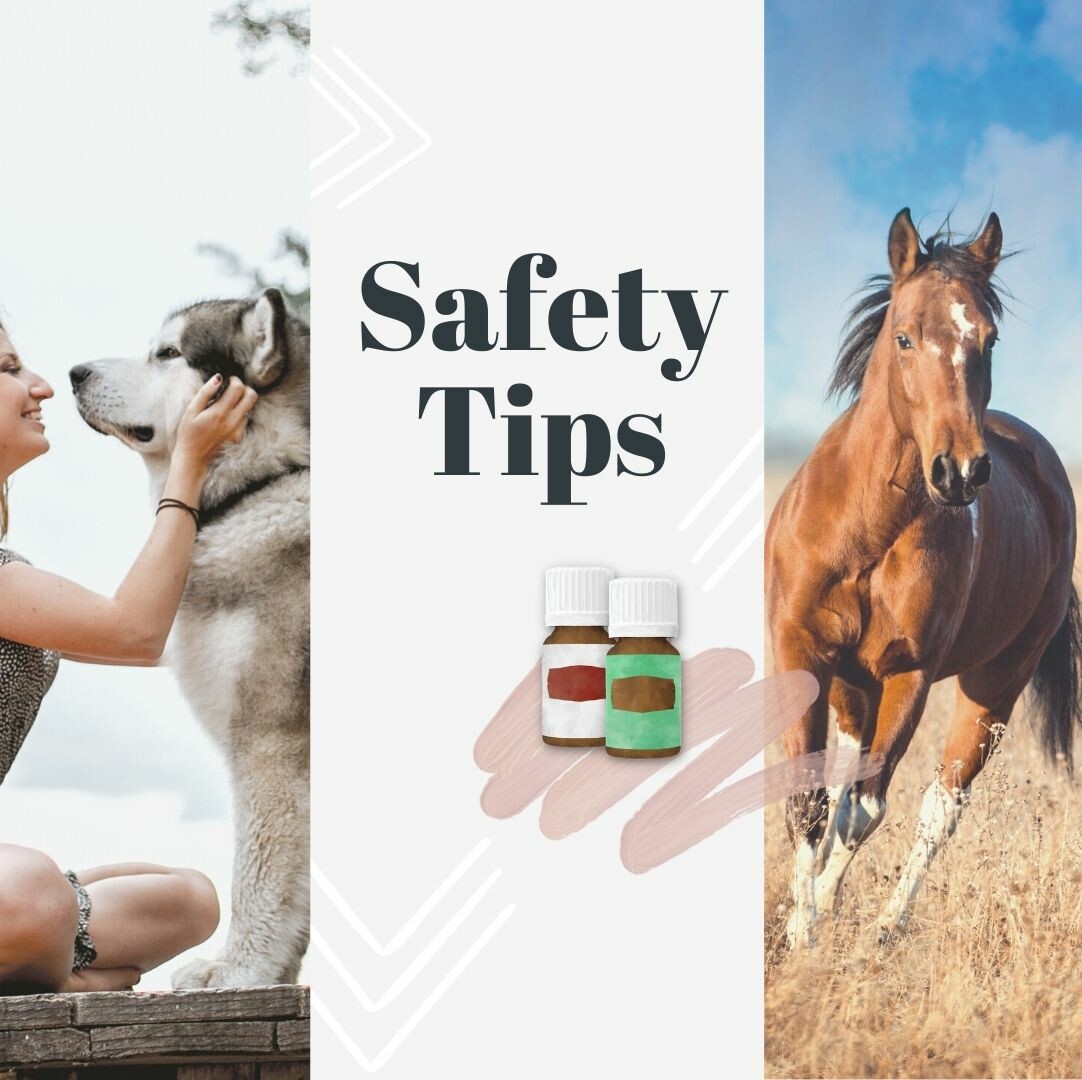
Safety Tips
Generally speaking, an animal will let you know if they don’t like an essential oil. Simply set out the bottle of oil and let your pet take a whiff. If the pet sticks around for a while or even licks the bottle, go ahead and try it. If the pet leaves or avoids you, remove the bottle and try it again another day. Don’t force the oil upon the animal, as it can cause stress. Once you find a set of oils to use with your pet, you’ll want to keep these safety tips in mind.
- If you choose to diffuse around your animal make sure he/she has a way to leave the room if he/she doesn’t like the scent.
- Each species has varying levels of liver function, which means oils high in phenol, monoterpene, and ketone should be used sparingly - especially with felines.
- Angelica, Bergamot, Grapefruit, Lemon, Orange, Tangerine, and other citrus oils are photosensitive and may cause a rash or dark pigmentation on skin that has been exposed to direct sunlight or UV rays within 1-2 days of application. It is best to dilute these oils or stick to diffusing them.
- Keep essential oils away from the eye area and never directly put them in the ear. If oils do get into the eyes, use a carrier oil to remove them, not water.
- If your pet is pregnant or nursing, it is best to consult a veterinarian health care professional when starting any kind of essential oil usage.
- Use extra caution when using oils around animals with known allergies, high blood pressure, or a diagnosis of epilepsy. You may also want to consult a veterinarian health care professional.
- Before using oils internally with animals, test their reaction by diluting 1 drop of the oil in 1 teaspoon of oil-soluble liquid like olive or coconut oil. Please note that reactions can be delayed 2-3 days.
- When adding oils to animal bath water, consider using a dispersing agent first. Use bath salts or a species-safe bath gel base to help the oils mix in rather than float on the surface, which can cause discomfort to the animal.
- Start with a small amount of essential oil and allow your pet to adjust, especially if it has regular exposure to toxins like synthetic fragrances and animal care products, medications, or diet. Detoxification is a characteristic of essential oil usage and can be uncomfortable; take things slow.
- To avoid scent overload or detox reaction, try to limit the amount of different oils you use at a time. Try singles first and dilute further if needed.
Now that you’ve got a good handle on how to use essential oils with your pets safely, let’s talk about some specific ways you can support your beloved animals, including products from Young Living’s Animal Scents line.
Before we move on, I would love to hear how you acquired your pet! Tell us how that special little guy or gal ended up in your family.
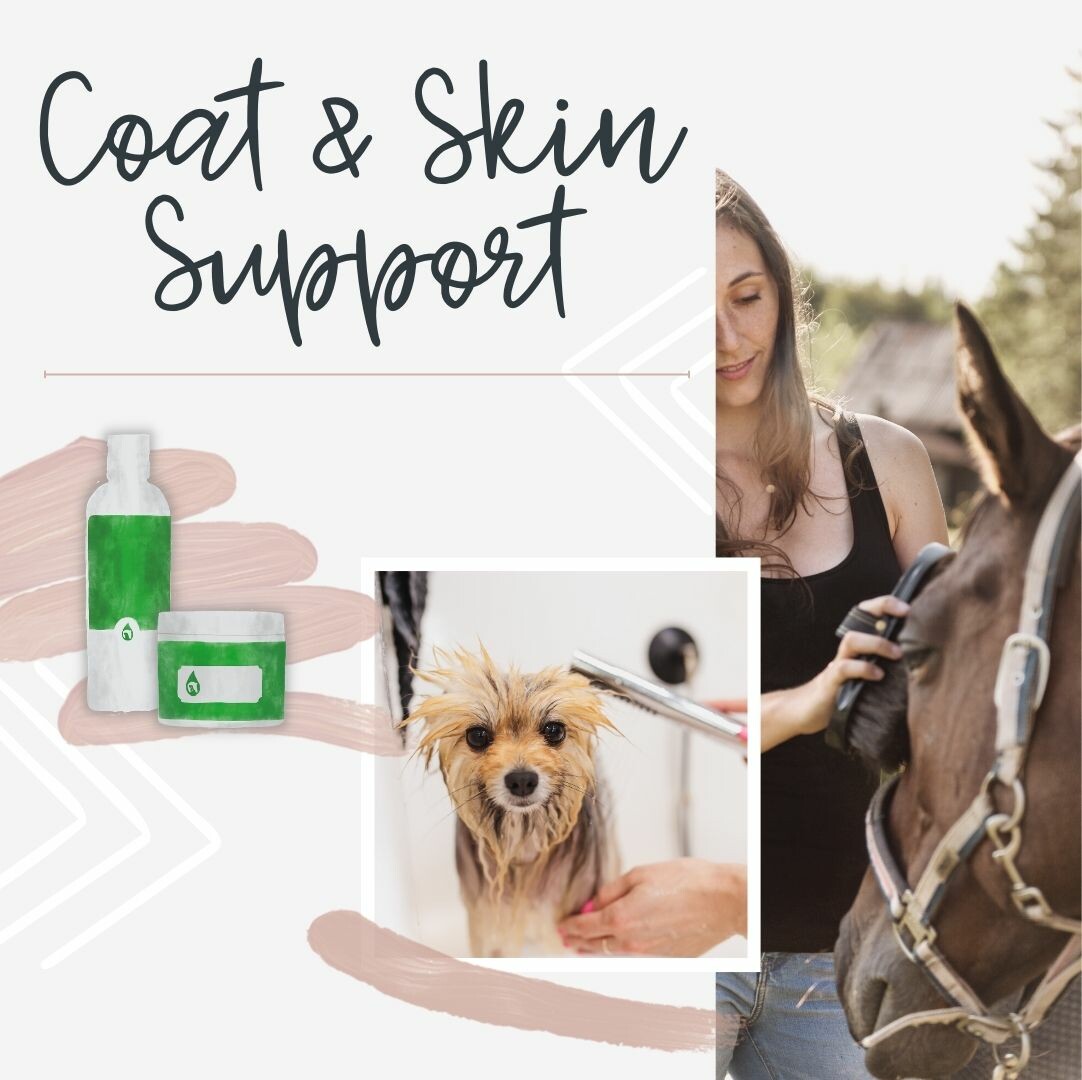
Coat & Skin Support
Just like humans, our pets’ skin is their biggest organ. It’s important to know what ingredients you’re putting on it and whether they’re harmful or not. Most products available at the store may sound safe but too often they are filled with ingredients that can prove otherwise. When you use Young Living you can rest assured that you are getting top notch quality oils and products for your pet, thanks to that incredible Seed to Seal promise. Let me share a few coat- and skin-supporting items you may want to have on hand.
- Mendwell - soothes and moisturizes sensitive, distressed skin; aids in healing minor scrapes and scratches and has a pleasingly natural, earthy aroma.
- Infect Away - helps clean wounds and soothes irritation; supports your pets with the beneficial properties of Myrrh and Dorado Azul essential oils.
- PuriClean - helps cleanse minor scrapes and scratches; comforts irritations; features the skin-improvement properties of Patchouli and Mountain Savory.
- Lavender - helps cleanse and soothe minor skin irritations; supports aging skin
- Frankincense - promotes the appearance of healthy-looking skin
- Copaiba - can be massaged into fatigued areas after activity or applied to skin to promote the appearance of a youthful, radiant glow
- Animal Scents Ointment - a rich, intensely hydrating salve that seals moisture into skin, replenishes skin’s moisture barrier, and absorbs smoothly; made with naturally derived ingredients
- Animal Scents Shampoo - plant-based, deodorizing shampoo that gently cleans, moisturizes, conditions, and softens without stripping natural skin and coat oils; it also soothes dry, irritated, itchy, or rough skin and balances skin pH.
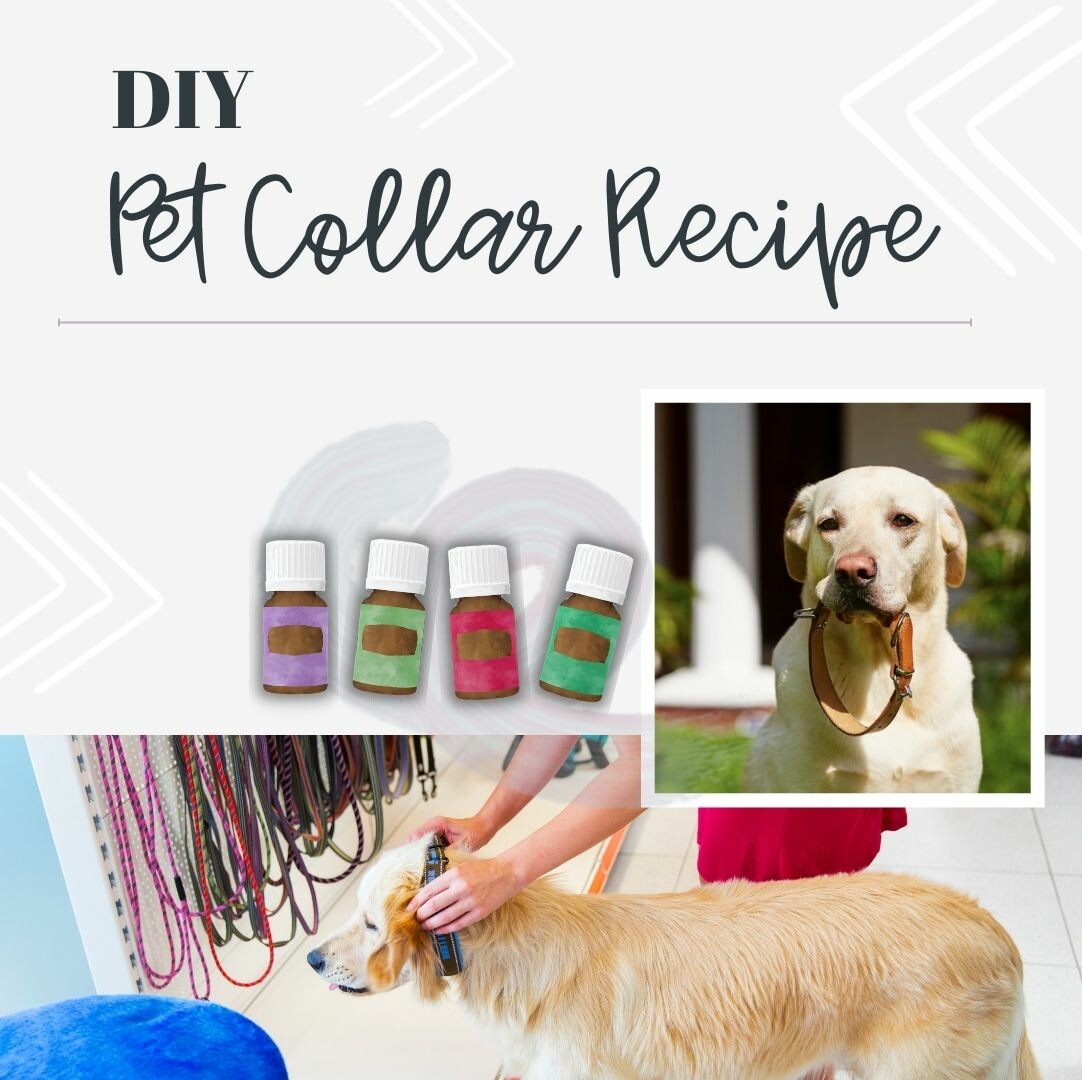
DIY Pet Collar Recipe
This next recipe is perfect for that furry pup in your life. If you don’t own a dog, share this recipe with a friend who does!
DIY Pet Collar Recipe
- 1 cup of water
- 5 drops Lavender
- 2 drops Citronella
- 1 drop Cedarwood
- 2 drops Geranium
- 2 drops Kunzea
- Dash of salt or witch hazel
Add ingredients to a bowl and stir. Add a cloth or leather collar to mixture; soak for 5 minutes. Remove collar from liquid and let dry before using. Pour remaining liquid into an empty spray bottle and use on pet before he/she goes outside.
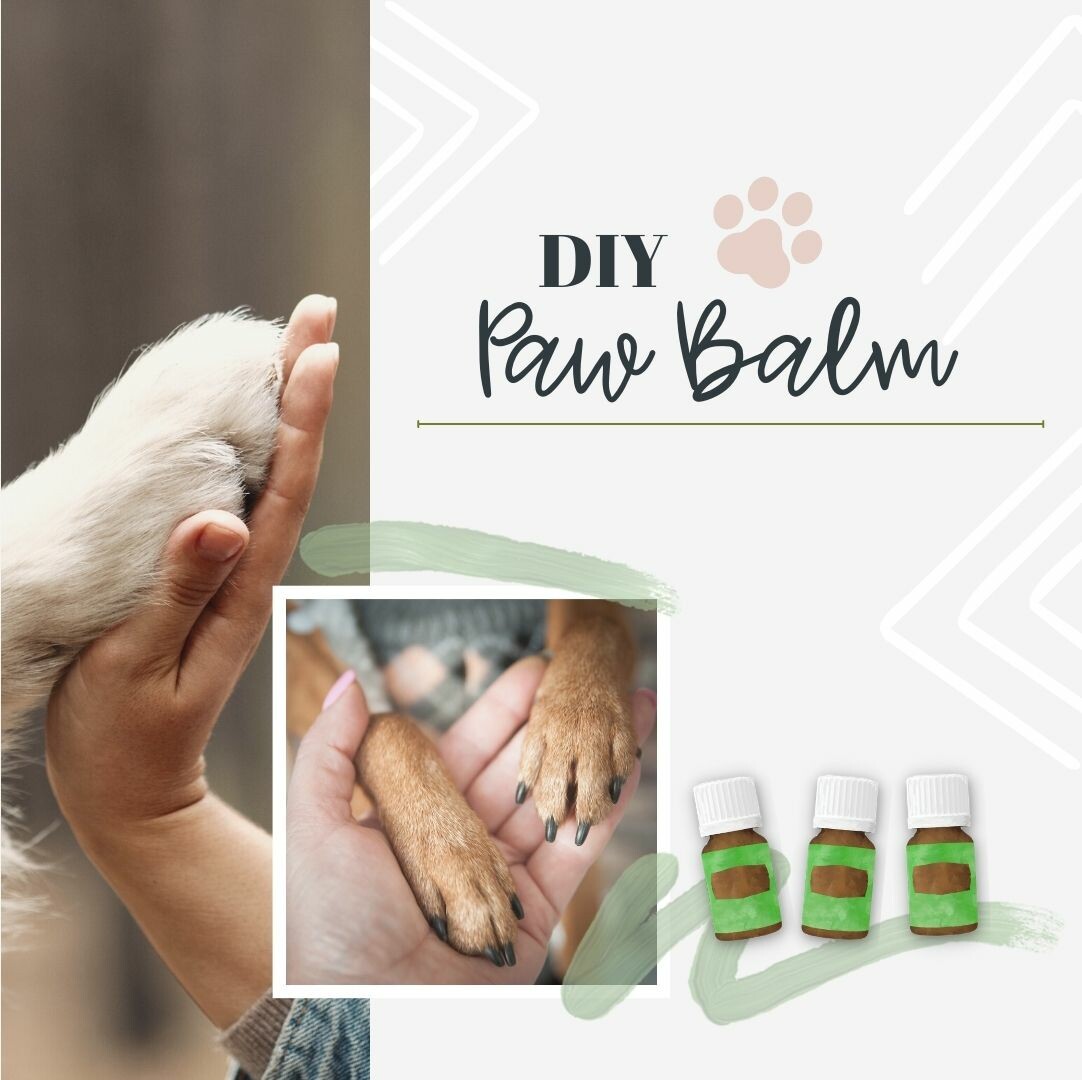
DIY Paw Balm
If you are more of a Do-It-Yourself kind of person, you can easily whip up this balm for your dog’s paws. We all know how dry and cracked they can get depending on where you live and what the weather is like. This balm recipe from the Young Living blog will have your pup’s paws happy all year round.
DIY Paw Balm
- 2 TBSP shea butter
- 2 TBSP coconut oil
- 2 TBSP beeswax
- 1 tsp V-6 Vegetable Oil Complex
- 1 drop Animal Scents Mendwell
- 1 drop Animal Scents Infect Away
- 1 drop Animal Scents PuriClean
Combine ingredients in a small pot and place over medium heat until melted and mixed well. Pour into a small glass storage container and let cool for 2-3 hours or until fully solidified. Massage small amounts into your pet’s paws as needed.
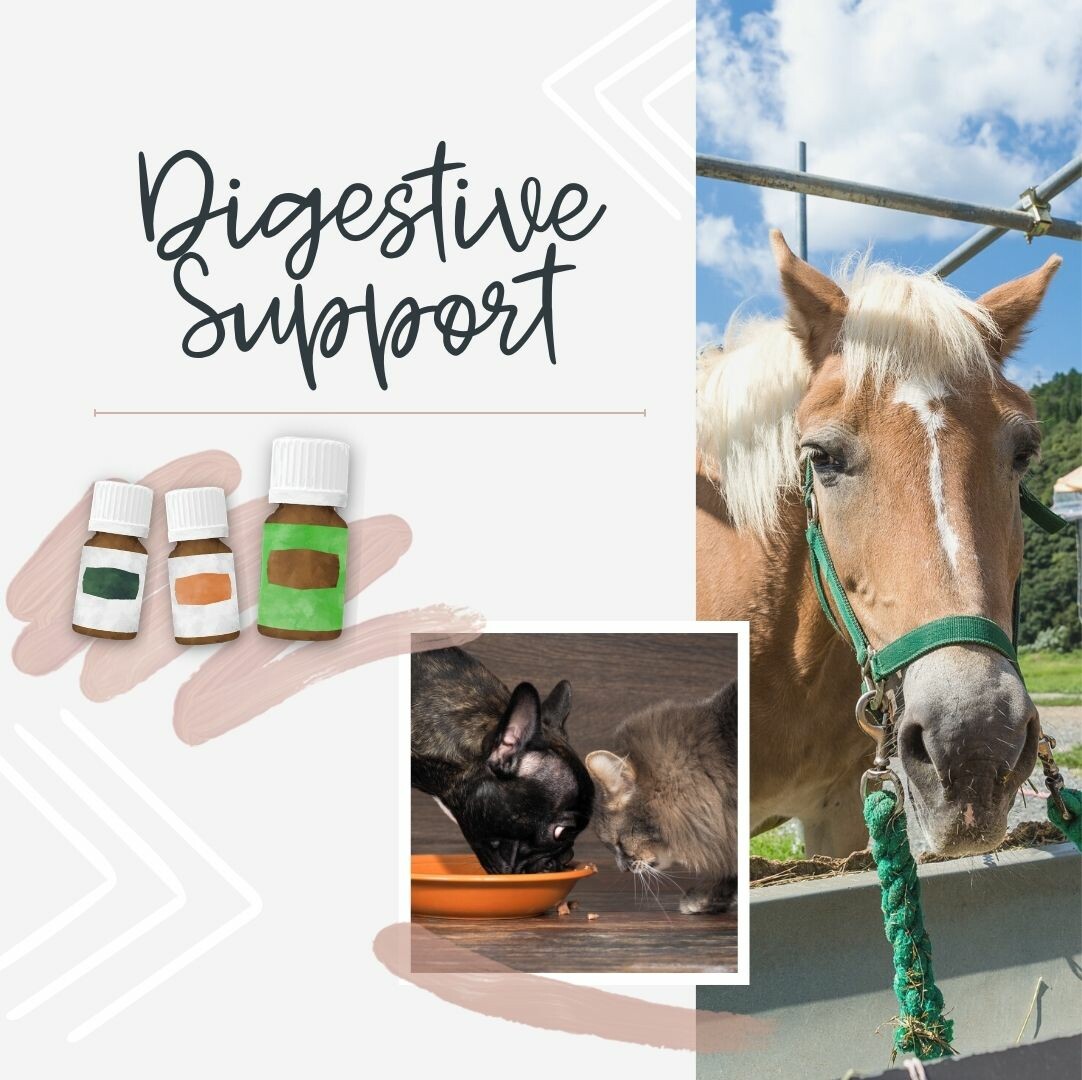
Digestive Support
Our beloved pets need support in this area - majorly! The gut controls so much of the rest of the body so it needs love. Many pet foods on the market today are highly deficient in nutrients yet highly dense in calories. The food and digestive support you choose can have a profound effect on the health of your animal. Our pets need us to nourish them, not just feed them. Let’s give them the best! Here are some essential oils to have on hand to help them in this area.
- ParaGize - contains a relaxing, quieting blend that can be applied to your pet’s abdomen; helps release feelings of discomfort with its comforting aroma
- Ginger Vitality - supports the digestive system; key ingredient in DiGize, Digest & Cleanse, EndoGize, ICP, and Essentialzymes-4
- DiGize Vitality - helps support and cleanse the digestive system; includes antioxidant properties
- Peppermint Vitality - supports healthy digestive function and gastrointestinal comfort; enhances healthy gut function
- Spearmint Vitality - helps calm tummies and supports normal digestion
If you have access to the incredible line of supplements Young Living carries you can also give your pet some of them for support. Note: the labels do not specify amounts for pets, but many Young Living pet owners use these supplements for support. Here are a few suggestions.
- Detoxzyme - combines a myriad of powerful enzymes that completes digestion, helps detoxify, and promotes cleansing. This important enzyme formula facilitates remarkable absorption of nutrients from foods and supplements.
- Life 9 - a high-potency probiotic that builds and restores intestinal health. It also supports gut health and helps maintain normal intestinal function for the overall support of a healthy immune system.
- NingXia Red - a powerful antioxidant supplement drink that supports immune function, liver function, brain and cognitive function, digestive health, proper muscle and joint health, eye health, and MORE!!
While we are on the topic of supplements, be sure to check out the rest of the Young Living supplement offerings, especially Sulfurzyme, OmegaGize³, and Agilease.
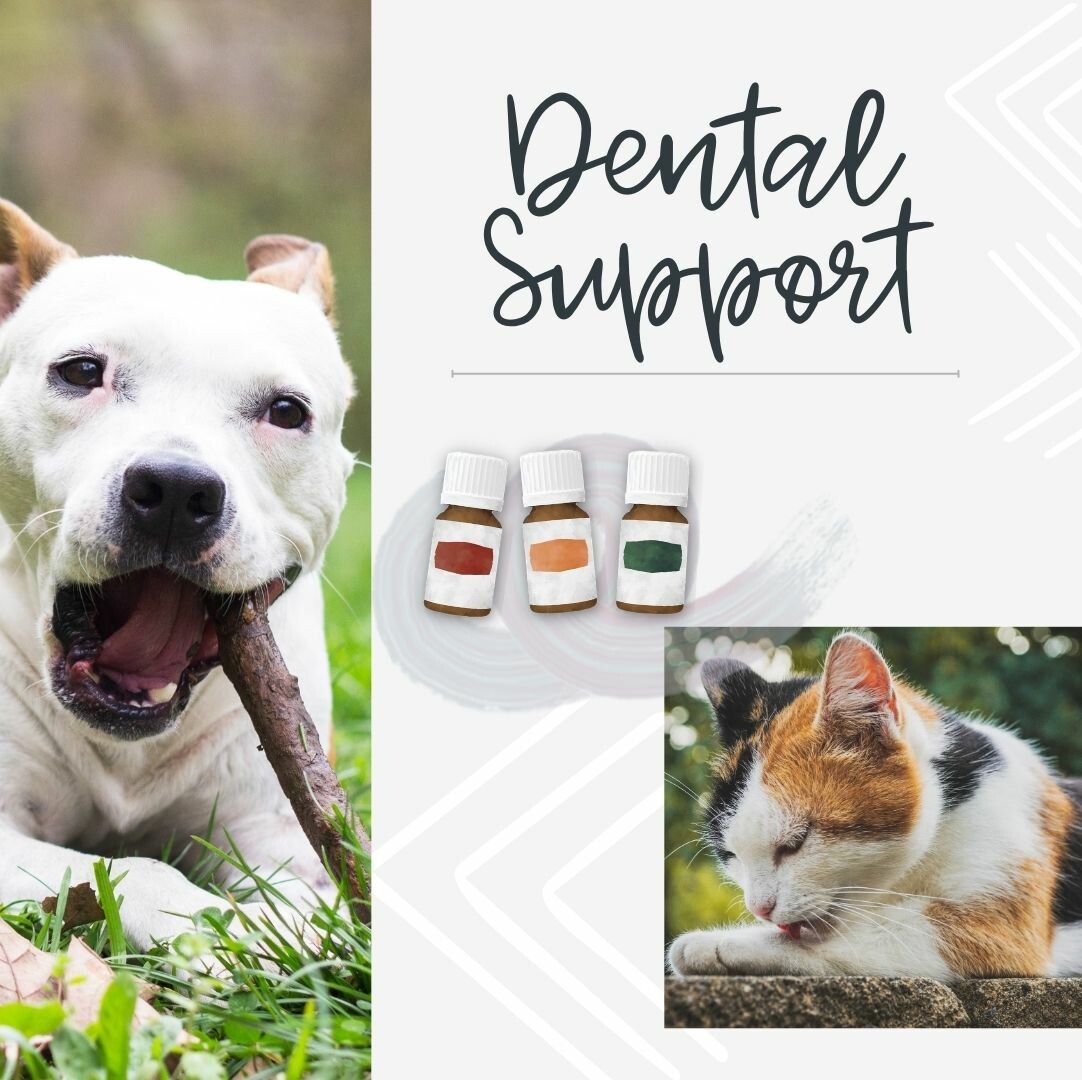
Dental Support
Periodontal disease is the most common clinical condition for dogs. Have your dog’s teeth checked regularly by your veterinarian health professional and make sure to use your oils and supplements to support them. Cats need the support as well. Here are some oils and products from Young Living you can use in this area.
Dogs
- Lemon/Lemon Vitality
- Thieves/Thieves Vitality
- Peppermint/Peppermint Vitality
- Thieves Fresh Essence Plus Mouthwash
- Thieves Dentarome Plus Toothpaste
- Animal Scents Pet Chews
Cats
- Frankincense/Frankincense Vitality
- Copaiba/Copaiba Vitality
- Clove/Clove Vitality
- Thieves/Thieves Vitality
For dogs you can add the diluted oil of choice to a cotton swab and apply to the gum/mouth or mix the oil into a paste of baking soda and coconut oil and apply with an old toothbrush. You can also add 1 drop of oil to 2 quarts of drinking water. The mouthwash can be applied directly on gums with a clean rag or sponge and the toothpaste is the ONLY Young Living option that does not contain Xylitol - so it’s safe to use with dogs.
For cats you can create an essential oil dilution of 10-25% with a carrier oil and apply near the lower jawbone and the neck. You can also add the oil to some watered-down NingXia Red and feed it to the cat.
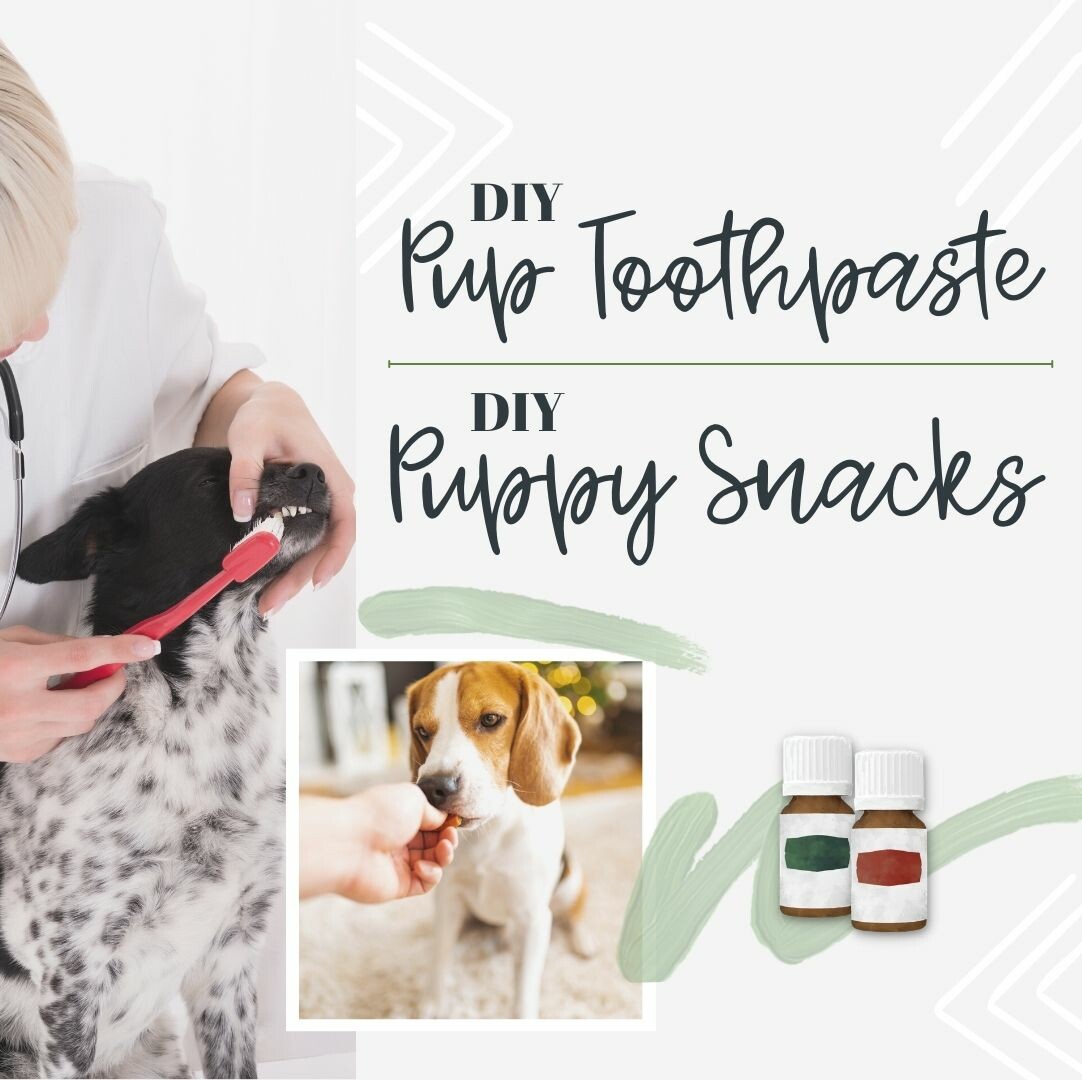
DIY Pup Toothpaste & DIY Puppy Snacks
I thought you might enjoy a couple quick recipes for that pup of yours. If you don’t have a dog, whip up these recipes for a friend that does!
DIY Pup Toothpaste
- ¼ cup organic coconut oil
- ¼ cup baking soda
- 5-6 drops Peppermint Vitality
Mix ingredients and store in 4 oz. mason jar. Use a toothbrush to apply to dog’s teeth. No need to rinse!
Now how about a simple treat for that furry friend?
DIY Puppy Snacks
- 1 cup all-natural peanut butter
- 1 tsp organic coconut oil
- 1 drop Cinnamon Bark Vitality
Place the coconut oil in a small saucepan over medium-low heat and cook until melted. Add peanut butter and stir until mixture is completely smooth. Mixture should be thick but pourable. Remove from heat and add essential oil; stir well. Pour mixture into silicone molds and freeze until set. Carefully remove from tray and store in air-tight container in freezer. Note: You can adjust the coconut oil based on your dog’s weight. General rule of thumb: 1 tsp of coconut oil per 10 pounds of your dog’s body weight.
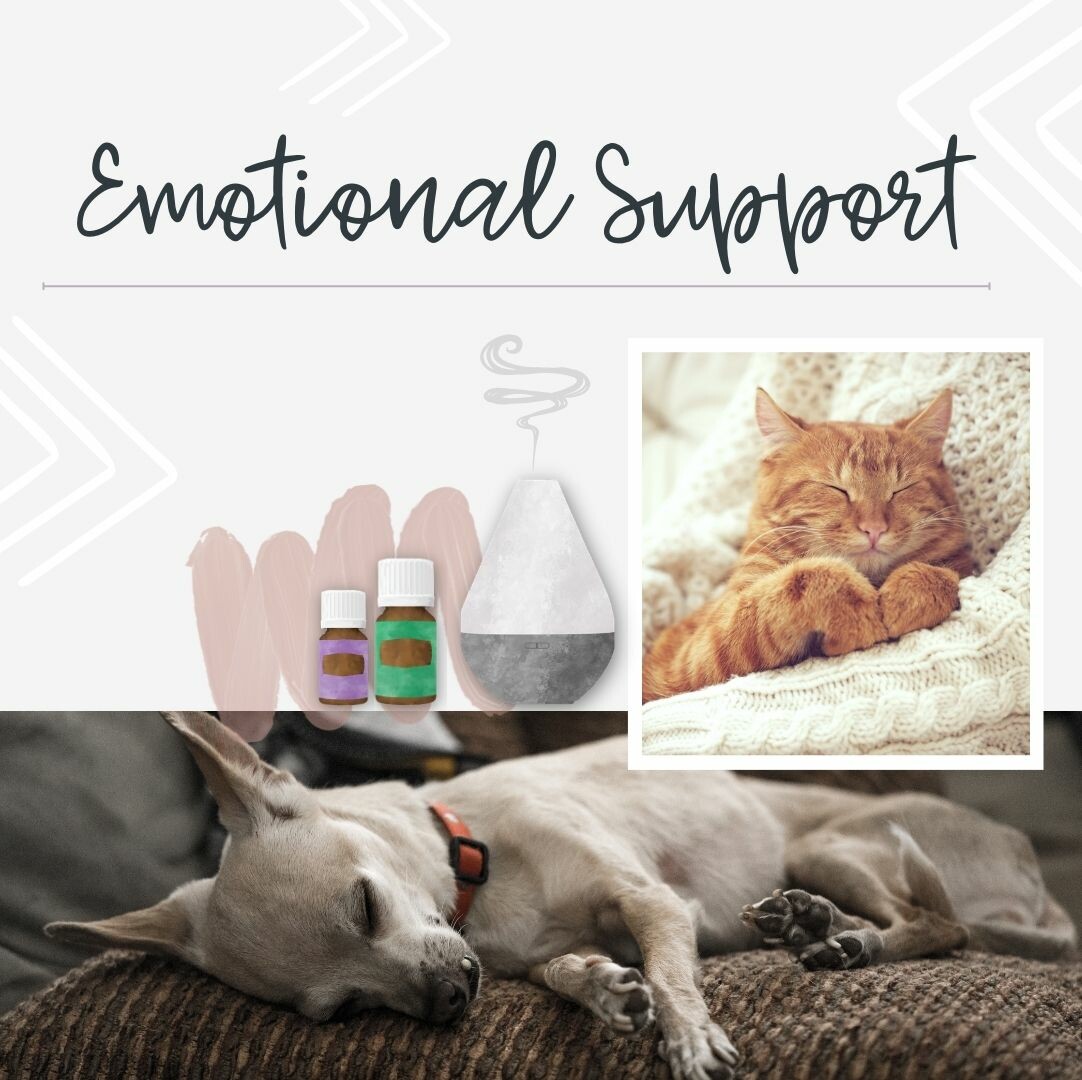
Emotional Support
Just like humans, our pets can sometimes require some emotional support. Typically dogs are the ones who tend to have separation anxiety, fear, or a phobia of sounds like loud thunderstorms, etc. This can be due to emotional trauma, predisposition from genetics, or poor digestive health. If your pet has severe anxiety it’s best to consult a Certified Dog Trainer or Certified Behaviorist to provide your pet with special care. You can most certainly use your oils to support your pet in this area as well. Here are a few veterinarian recommendations.
- T-Away - helps alleviate pets’ nervousness and supports feelings of comfort; can be applied topically or diffused to promote a balanced environment for your pets during times of tension.
- Lavender - calming, relaxing, and balancing, both physically and emotionally
- Frankincense - very grounding; improves attitude and uplifts spirits
- Stress Away - promotes relaxation and helps relieve daily stress
- Peace & Calming - promotes relaxation and a deep sense of peace and emotional well-being
- Valor - inspires confidence and courage
These oils can be applied by petting your dog and touching specific areas like the tops of their paws, stomach area, or by their ears. You can also diffuse these oils around your pet.
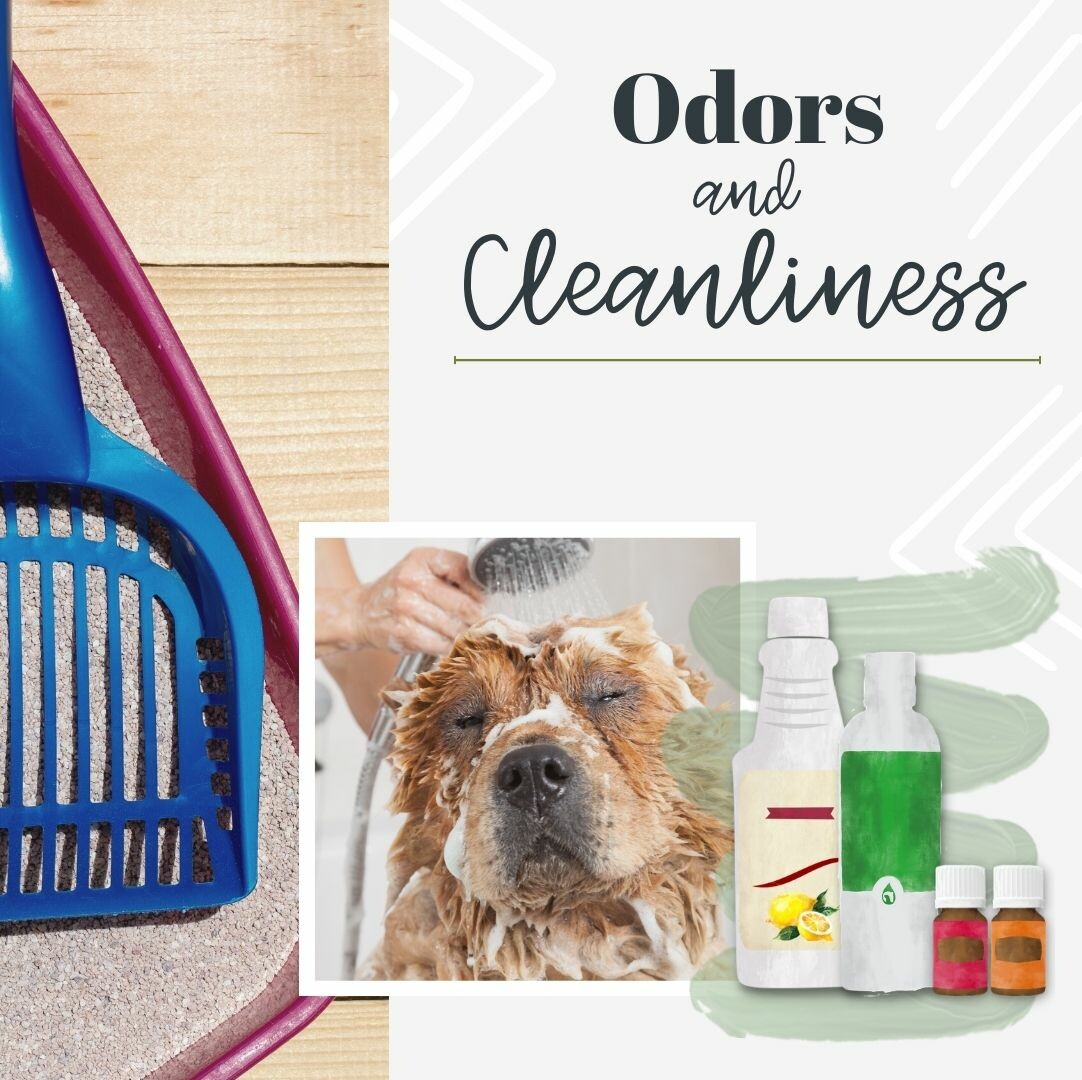
Odors & Cleanliness
The last topic we will discuss today is odors! I know you love that precious pet of yours, but sometimes they stink. Ha! Everyone, even our pets, could use a little cleaning now and then. Thankfully, Young Living makes it easy for you! Be sure to have these products on hand and keep those odors at bay.
- Citrus Fresh - purifies the air from unwanted odors; adds a clean, uplifting scent to any environment
- Purification - contains Lavandin, an ingredient that helps clean and purify the air
- Animal Scents Shampoo - plant-based, deodorizing shampoo that gently cleans, moisturizes, conditions, and softens without stripping natural skin and coat oils; it also soothes dry, irritated, itchy, or rough skin and balances skin pH.
- Thieves Household Cleaner - ultra-concentrated, plant-based cleaner that effectively deep cleans without the harsh or dangerous chemicals; safe for kids and pets
It’s also important to note that sometimes YOU as the pet owner may need a little help staying clean, especially if you’re on poo patrol! You can rely on these two incredible Young Living products to save the day.
- Thieves Foaming Hand Soap - combines effective plant-derived ingredients and powerful moisturizers to thoroughly clean hands without drying out skin
- Thieves Waterless Hand Sanitizer - formulated with powerful essential oils and plant-based ingredients; kills 99.99% of germs
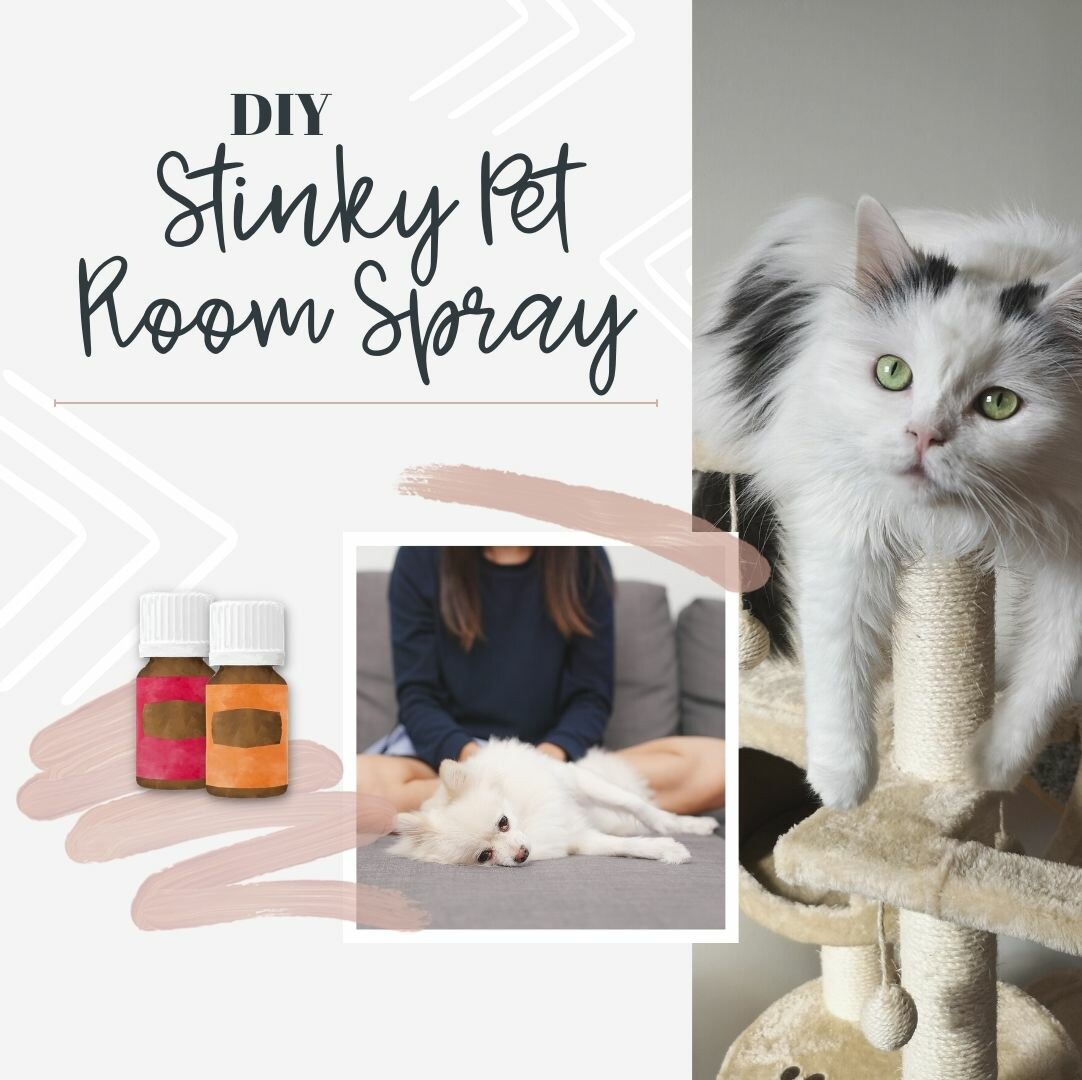
DIY Stinky Pet Room Spray
Ok, last but not least, I wanted to leave you with a quick recipe that will have your house smelling lovely! You can even spritz this on furniture if you’d like!
DIY Stinky Pet Room Spray
- 20 drops Citrus Fresh or Purification
- Splash of witch hazel
- Distilled water
Add essential oil(s) and witch hazel to a 4 oz. glass spray bottle. Top with distilled water. Use as needed.
How simple is that?! You can swap out the oil for whatever ones you and your pet enjoy. Get creative and make some with a friend or two!

Get the Best Deal
Before we close out this class, I want to be very upfront with you on HOW you can get these items in your home for the best price possible! What kind of friend would I be if I didn’t tell you how to get the best deal?! Haha!
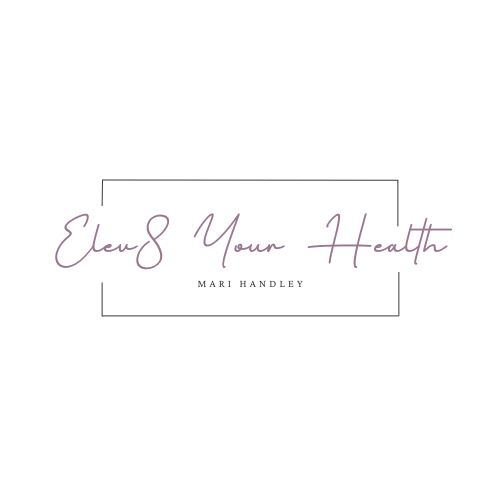



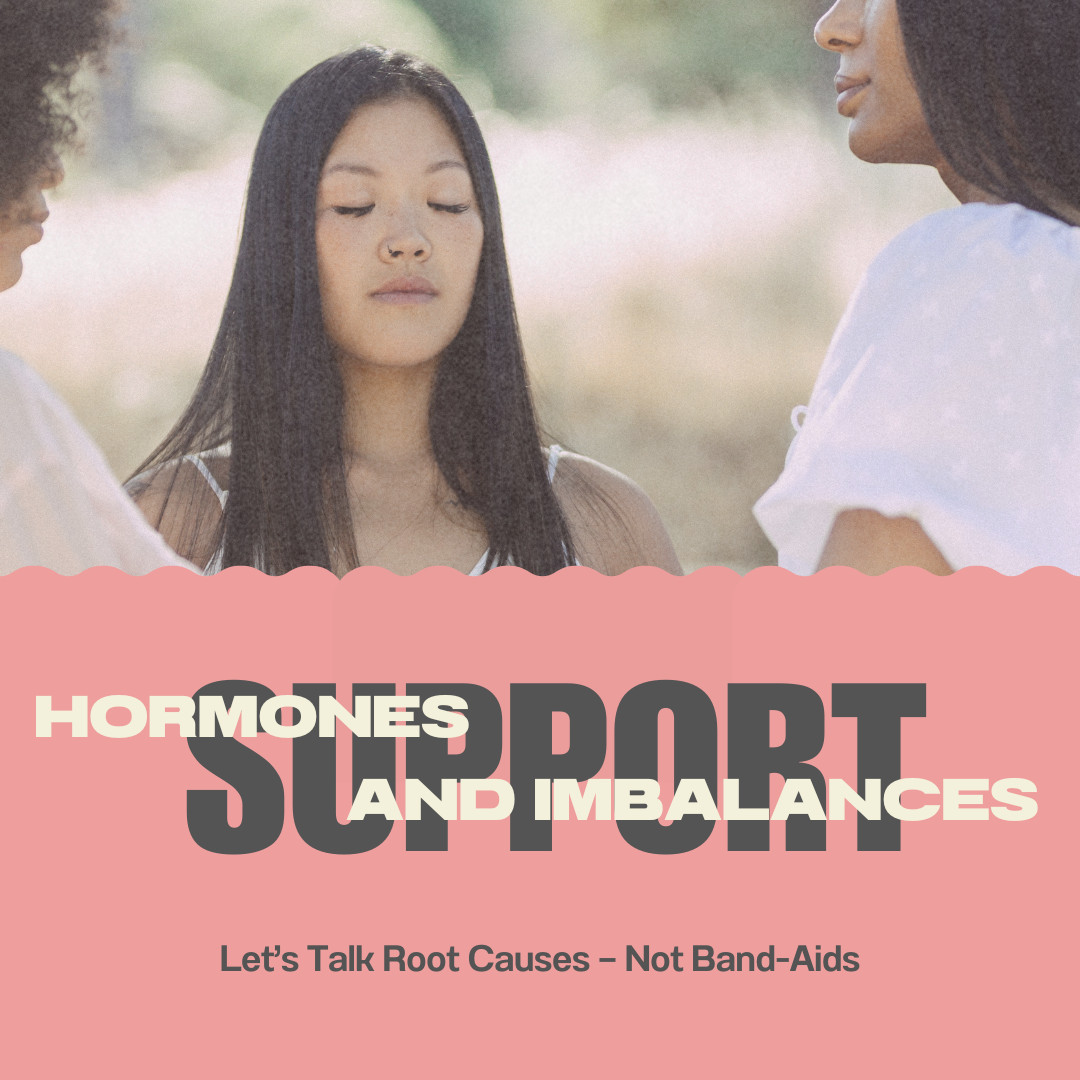
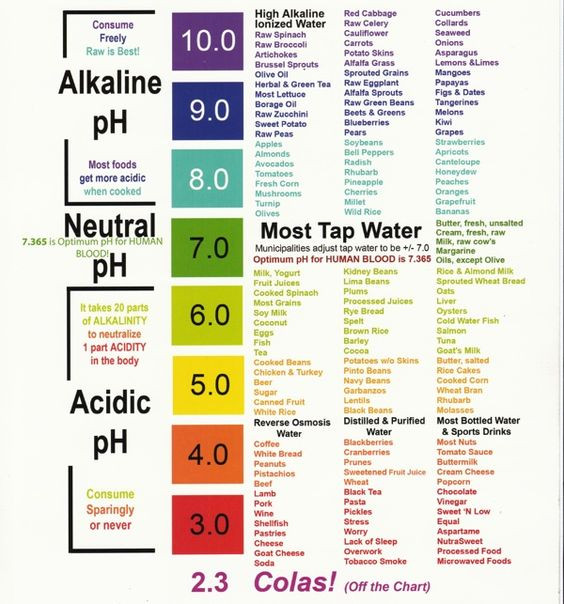
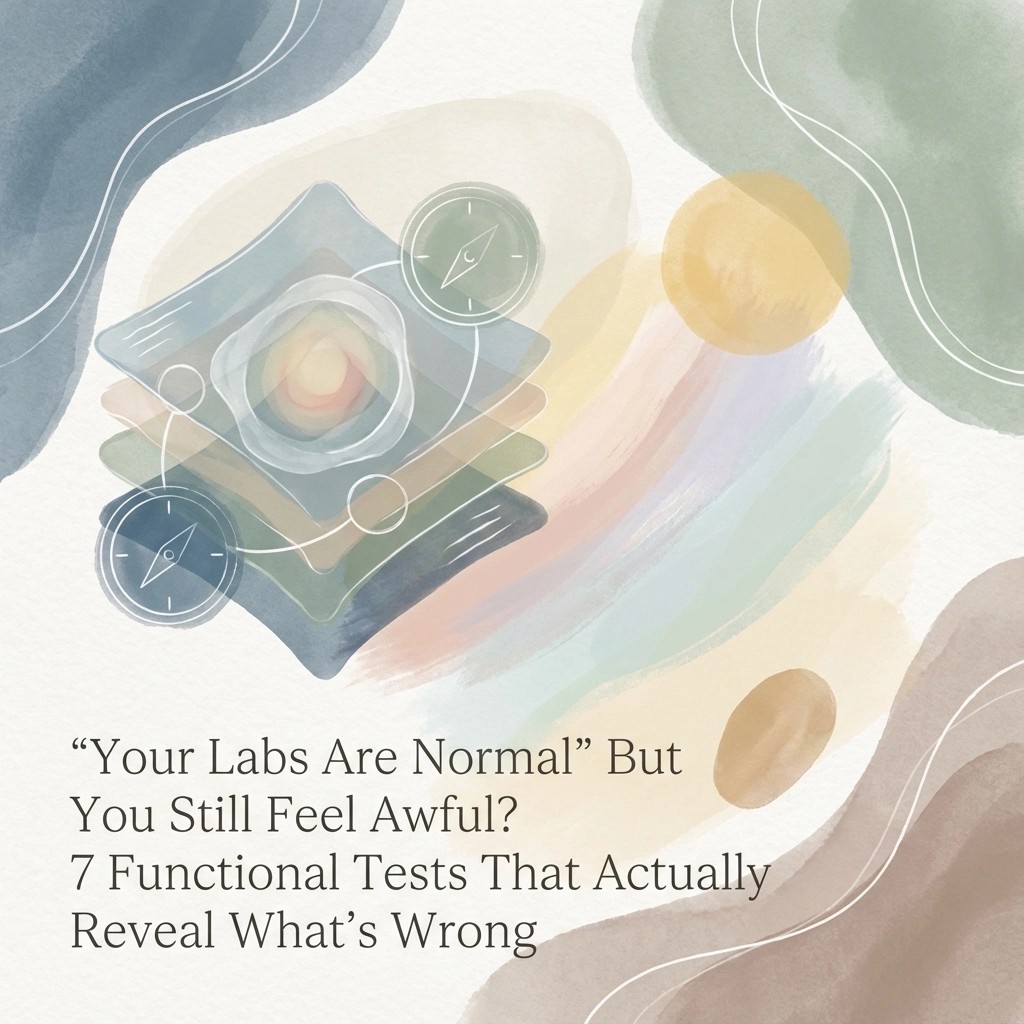

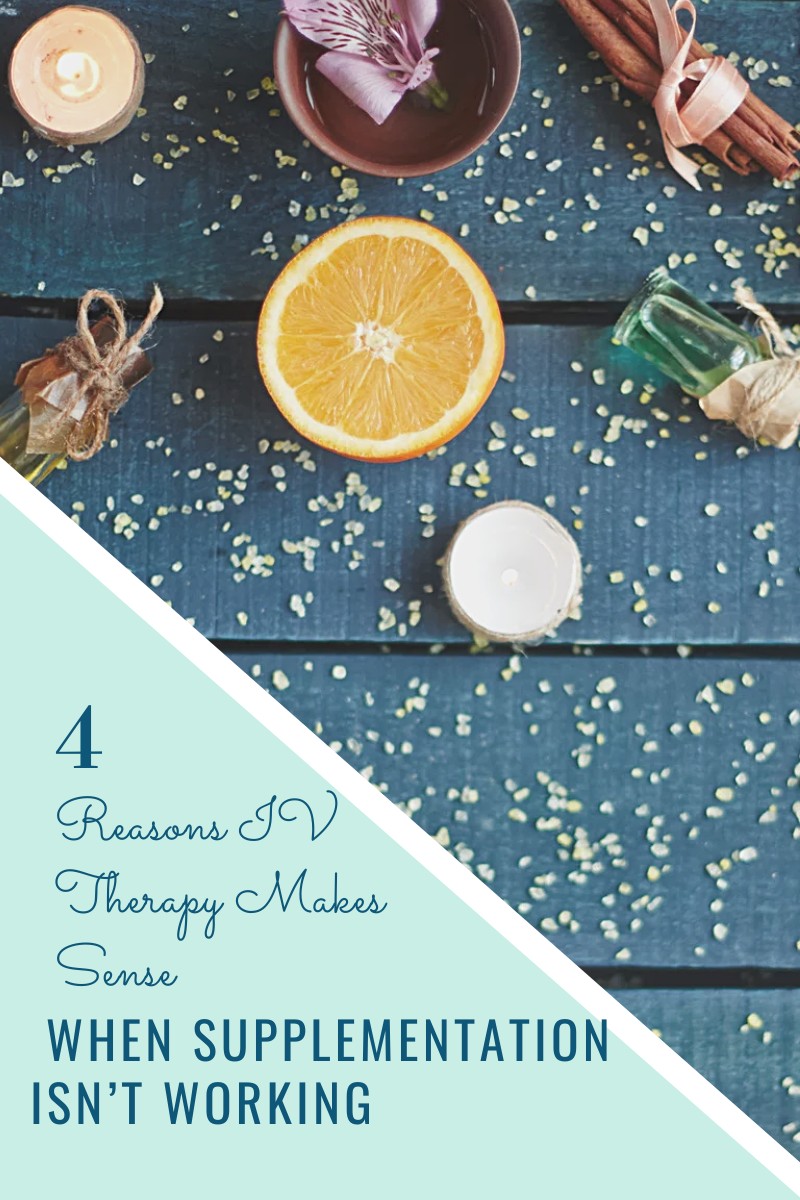

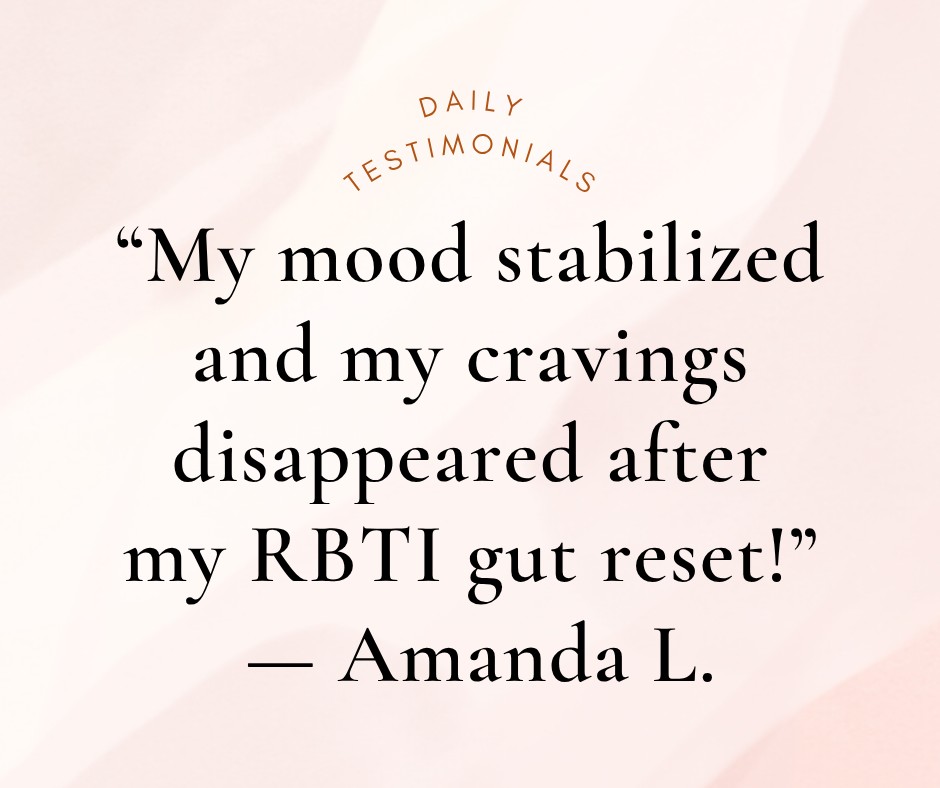




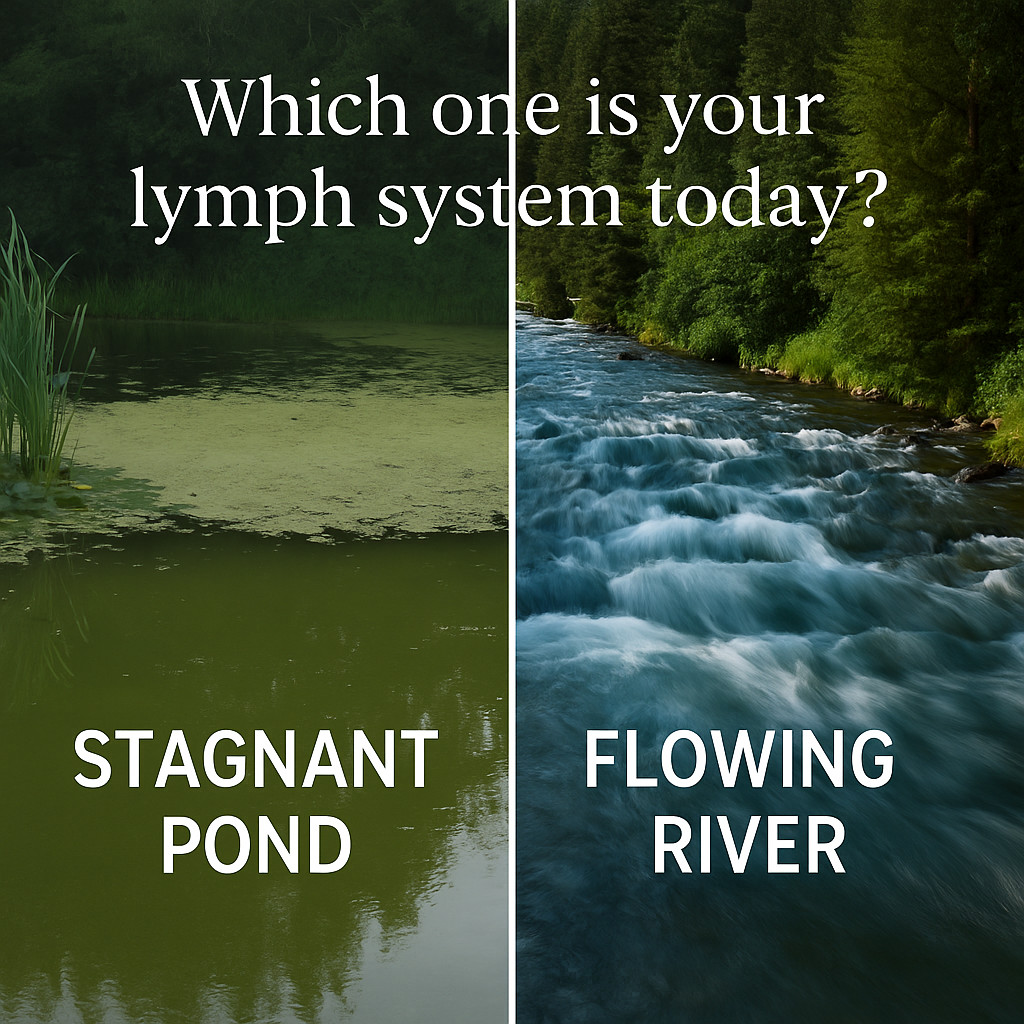

0 Comments